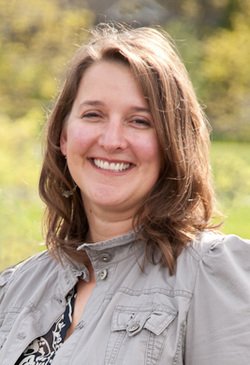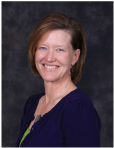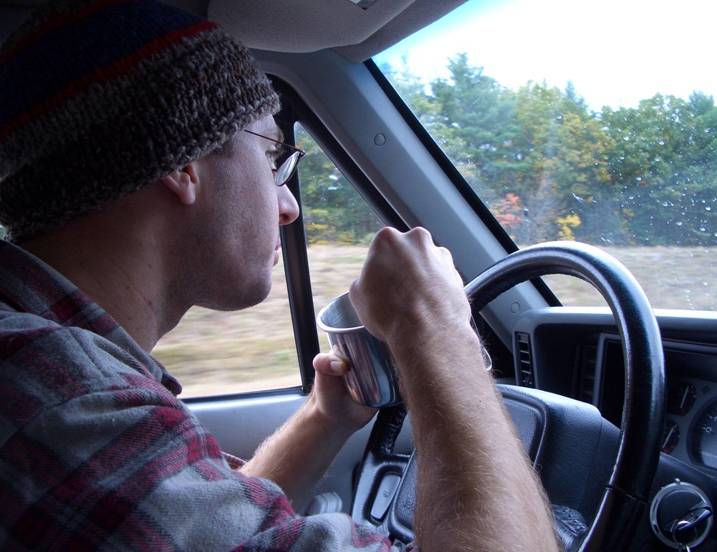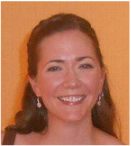ASLE 2015, Moscow, Idaho
Earth Writing, Geography, and Memory
|
Hilary Hawley
Hilary Hawley is an Instructor in the English Department at Seattle University. Her research and teaching focuses on the intersection between real-world rhetoric and literary responses to social and environmental injustice, and on the roles of service learning and sustainability in the classroom. She has recently contributed to revised editions of the writing textbooks Global Issues, Local Arguments and Writing Arguments. |
Shelley McEuen
Jonathan Frey
|
Laura Godfrey
Audrey Cameron
|
Hilary Hawley
|




